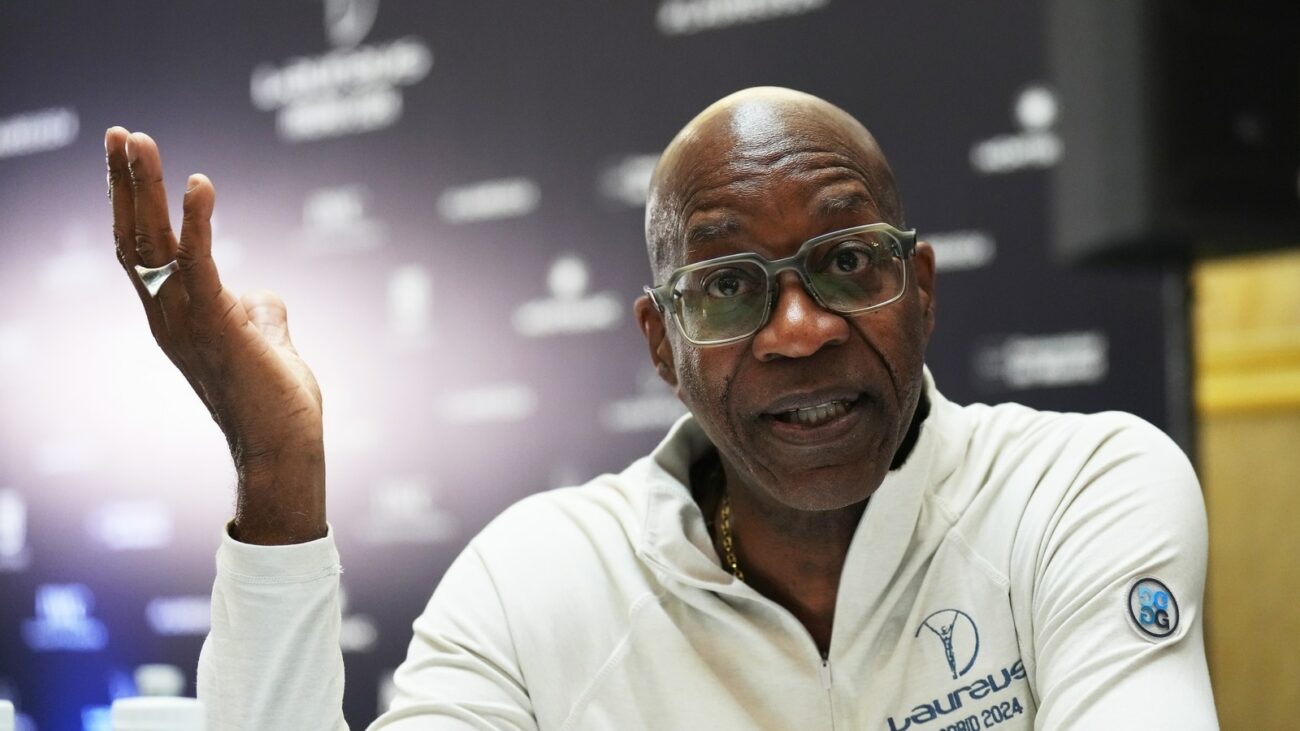Edwin Moses: Biomechanics Pioneer and Track and Field Legend
Edwin Moses, the legendary hurdler, revolutionized athletic training with his pioneering use of biomechanics. Drawing upon his scientific background, Moses devised innovative methods that pushed the boundaries of human performance.
At the 1976 Montreal Olympics, Moses claimed gold and set his first world record of 47.64 seconds. His relentless pursuit of excellence led to further record-breaking performances: 47.45 seconds (1977), 47.13 seconds (1980), and 47.02 seconds (1983). His record stood unchallenged for nine years.
Moses’s scientific approach extended beyond training. He employed computers and heart rate monitors, technologies unheard of at the time. His data-driven approach allowed him to optimize his performance and gain an edge over his rivals.
Despite the US boycott of the 1980 Moscow Games, Moses remained dominant, winning his second Olympic gold in Los Angeles in 1984. His superior stride pattern and technical prowess kept his competitors at bay.
Moses’s unbeaten streak in the 400m hurdles spanned 10 years, during which he won 122 consecutive races and 107 finals in a row. His legacy as one of the greatest hurdlers of all time remains unchallenged.
While technology has advanced significantly since Moses’s era, he believes that the sport of track and field has not truly progressed. Despite faster times and cutting-edge equipment, he argues that the fundamental principles of biomechanics remain the same.
“Times are faster because now they have shoes that react to the track, give you feedback that would have been illegal,” Moses says. “So, the technology is helping and times are a lot faster. It seems like the sport is progressing but I don’t think it really is.”
Moses emphasizes that fast times are not for everyone and that it takes exceptional individuals to achieve world-class performances. He cautions against unrealistic expectations and stresses the importance of recognizing the unique abilities of each athlete.

